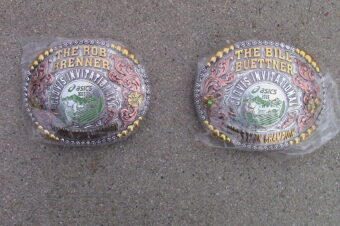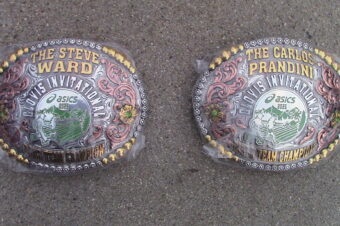

How to Layer For Winter Runs: Staying Warm Without Overheating
BlogHealth & FitnessNewsNewsTickerOutdoorProduct Reviews/Top Ten Lists/Resources/TipsRunningStaffPicksXC-Track-Running November 18, 2024 Lauren Keating 0

Many athletes find that running in the fall and winter is favorable to the summer months. Youth runners need to dress properly for outdoor runs in the cooler and even very cold weather. The problem is that some may find they quickly become too hot when running with layers on, especially in the fall when temperatures haven’t dropped too significantly.
Running in cold weather is a balancing act of staying warm enough to avoid discomfort and being exposed to the elements but not so bundled up that you overheat. This is achievable by wearing the right running gear. This includes clothing that is breathable and has moisture-wicking properties while still having enough insulation to keep the body warm.
Here’s what to wear for running comfortably during the colder months.
Start with a Base Layer
The base layer is your first line of defense against the cold. It also is responsible for keeping the body dry and managing sweat.
Runners need a lightweight, moisture-wicking material that pulls sweat away from the skin. If sweat builds up on the skin and on the base layer, the runner is left feeling chilly and clammy. This is uncomfortable and can lead to the athlete catching a cold if outside for a long time.
Good options for a base layer are those made of merino wool or synthetic fabrics for temperature regulation. Always avoid a base layer made of cotton. This material holds moisture so can leave the runner damp and cold.
In the winter, opt for a long-sleeve base layer shirt that fits snugly to the body for warmth.
Add A Mid-Layer Next
The role of a mid-layer is for insulation. This means this layer traps body heat to keep you warm during your run. To stay warm but prevent overheating, choose an option that is breathable. Moisture needs to be able to escape and air should be able to circulate. A good option is synthetic fabrics.
This could be a lightweight running jacket or even a fleece layer. Make sure the apparel is warm, yet thin to avoid feeling bulky when running. Look for breathable options to allow excess heat and moisture to escape, preventing overheating.
During cold, winter runs opt for thicker and more insulated options like a vest or a half-zip pullover to add extra warmth.
Wear An Outer Layer On Top
In the winter, an outer layer is a must on top. The outer layer protects from wind, rain, and snow. However, this layer should allow the body to breathe. Runners should go for a running jacket that is windproof and water-resistant.
Outer-layer running jackets are often designed to have features like mesh panels or zippers for ventilation. During the fall, choose a lightweight windbreaker to protect against the elements and stay warm without overheating. For snow or rain, opt for a jacket with a hood for more insulation and protection.
What To Wear For Bottoms?
What runners wear to protect your legs is equally important once the weather gets colder. However, the legs do produce lots of heat while running. So this means the legs don’t require as much insulation as your upper body.
When dressing for winter runs, thermal running tights are best. For the fall, choose leggings or workout pants made of moisture-wicking material.
Other Fall and Winter Running Gear
Youth runners also need to think about keeping extremities like your hands, feet, and head warm. These body parts are more inclined to have heat loss. The following accessories are essential running gear for the cold weather:
Running Gloves or Mittens: Lightweight, moisture-wicking gloves keep your hands warm without causing them to overheat. On extremely cold days, put on mittens which will provide more warmth.
Running Hat or Headband: Covering your head helps retain body heat. A lightweight, breathable hat or fleece headband is ideal. Running headbands are a great option for those looking to keep their ears warm while avoiding getting too warm.
Socks: Look for moisture-wicking, thermal socks to keep your feet warm and dry. Avoid cotton, which holds moisture. Running socks made of merino wool are best for snowy or very cold runs.
Wear Proper Footwear In The Winter
Trail running shoes with good traction are essential for safety on slippery or uneven surfaces.
Layer And Take Off
It’s important to wear layers for fall and winter runs. It’s better to have them on and remove layers than to be stuck freezing or unprepared for rain, wind, or snow. In the winter, start with more layers than you think you will need and take them off as you warm up.
Find what layer combination works best for you, such as a vest as an outer layer opposed to a jacket. Remember to stay safe and stay warm.









No comments so far.
Be first to leave comment below.